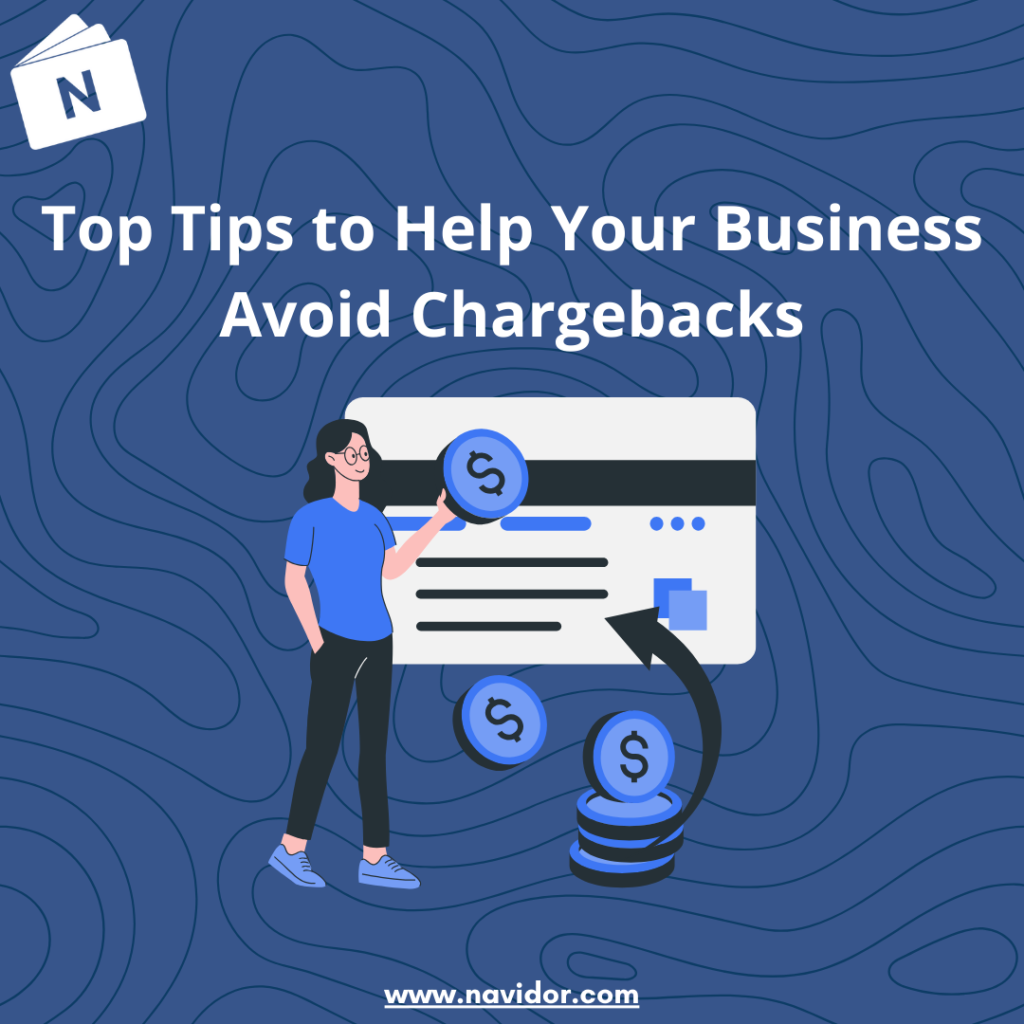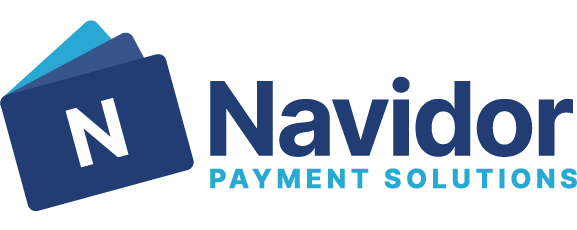A Simple Guide for Business Owners
Chargebacks can cost businesses not only revenue but also their ability to accept payments. While they’re challenging, understanding how they work is the first step to managing and preventing them. In this guide, we’ll cover what chargebacks are, why they happen, how to handle them, and how to protect your business.
What Are Chargebacks and Why Do They Happen?
Chargebacks occur when a customer disputes a transaction, leading to a reversal of the payment (Concretely, the merchant’s bank account is debited for the disputed amount).
Originally designed to protect consumers from fraud or unauthorized charges, chargebacks can also happen for various other reasons—dissatisfaction with a product, unclear refund policies, or even bad faith.
For businesses, chargebacks mean loss of revenue, additional fees, and -if frequent- the risk of losing the ability to accept payments by credit cards. Reducing chargebacks starts with understanding their common causes: merchant should always be aware of the main reasons for disputes, and -whenever possible- aim to improve their internal processes to prevent them.
How to Handle Chargebacks
When a chargeback happens, act fast:
- Gather Evidence: Collect transaction records, shipping confirmations, and customer communication to build your case.
- Respond Promptly: Deadlines for disputes are strict, so timely action is essential.
- Identify Patterns: Track chargeback cases to uncover trends, such as unclear policies or shipping issues, and address them.
Tips to Avoid Chargebacks
Prevention is the best strategy. Here’s how to reduce your risk:
- Be Transparent: Use clear product descriptions and refund policies to set accurate expectations.
- Prevent Fraud: Implement tools like Address Verification Services (AVS), Card Verification Value (CVV) checks and 3D Secure solutions to detect and prevent suspicious activity.
- Communicate Clearly: Ensure your billing descriptor matches your business name to avoid confusion.
- Respond Quickly: Address customer concerns promptly to prevent sensitive matters from escalating to official disputes.
Risks of Too Many Chargebacks
A high chargeback rate can harm your business:
- Higher Fees: Payment processors may charge additional fees.
- Account Termination: Your ability to accept card payments could be suspended with the current processor. And in some instances, there is a possibility that your business is placed on the MATCH list, thus preventing you to accept cards with ANY processor in the USA.
Monitoring your chargeback ratio and taking early action to resolve issues can protect your business from these risks.
Conclusion
Chargebacks don’t have to derail your business. By staying proactive with fraud prevention, clear communication, and quick dispute handling, you can minimize chargeback risks and maintain strong relationships with both your customers and payment processors.
At Navidor, we understand and simplify chargeback management. From fraud prevention tools to personalized support, we help you safeguard your revenue and focus on growing your business. Contact us today for tailored solutions to meet your needs.


